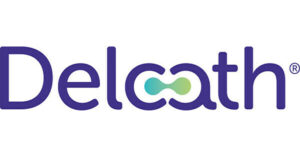Oil prices surged more than $1 a barrel on Monday after OPEC+ decided to increase production by 411,000 barrels per day in July—matching the prior two months’ modest hikes and avoiding a larger-than-expected rollout.
OPEC+ Decision Eases Supply Concerns
At their weekend meeting, OPEC+ opted for a third consecutive 411,000 bpd increase rather than a steeper rise. Traders had anticipated the possibility of a bigger boost, which they believed would further pressure prices. According to Onyx Capital Group’s Harry Tchilinguirian, “Had they gone through with a surprise larger amount, then Monday’s price open would have been pretty ugly indeed.”
-
Motivation: OPEC+ aims to discipline over-producers (e.g., Iraq, Kazakhstan) by capping growth to regain market share.
-
Market Reaction: The 411,000 bpd was already largely priced in, so the smaller hike relieved concerns of an oversupplied market.
For real-time updates on Brent and WTI prices—and to track how futures have absorbed news—consult the Commodities API, which delivers live spot, futures, and historical data across major energy benchmarks.
Monday’s Price Moves
-
Brent Crude (August): +$1.46 (+2.33%) to $64.24/bbl
-
WTI Crude (July): +$1.66 (+2.73%) to $62.45/bbl
Both benchmarks had fallen over 1% last week, so this rebound marks a sharp turnaround. Traders noted that OPEC+ members who exceed quotas faced implicit penalties, pushing the group to limit the size of their collective increase.
Why It Matters for Investors
-
Supply Discipline: A restrained output rise signals OPEC+ is wary of flooding the market, even as some members cheat on quotas.
-
Price Floor: If global demand stabilizes, this measured approach could underpin prices above $60/bbl.
-
Market Calendar: Watch for downstream data—such as inventory reports and economic indicators—that will confirm if demand can absorb incremental output.
For a consolidated view of upcoming OPEC+ meetings, U.S. inventory releases, and other energy-related events, use the Economics Calendar API, which highlights critical dates that drive oil volatility.




